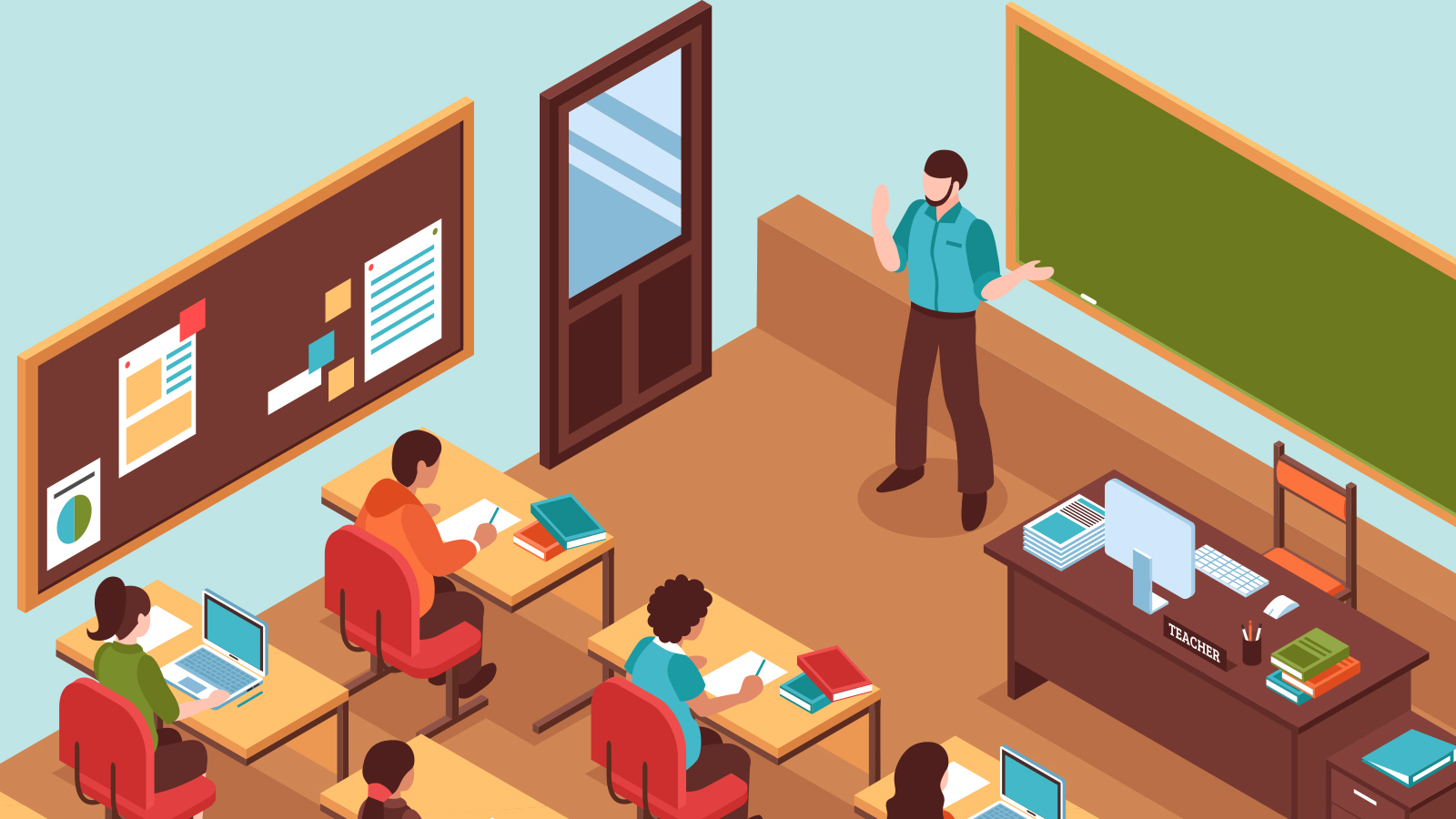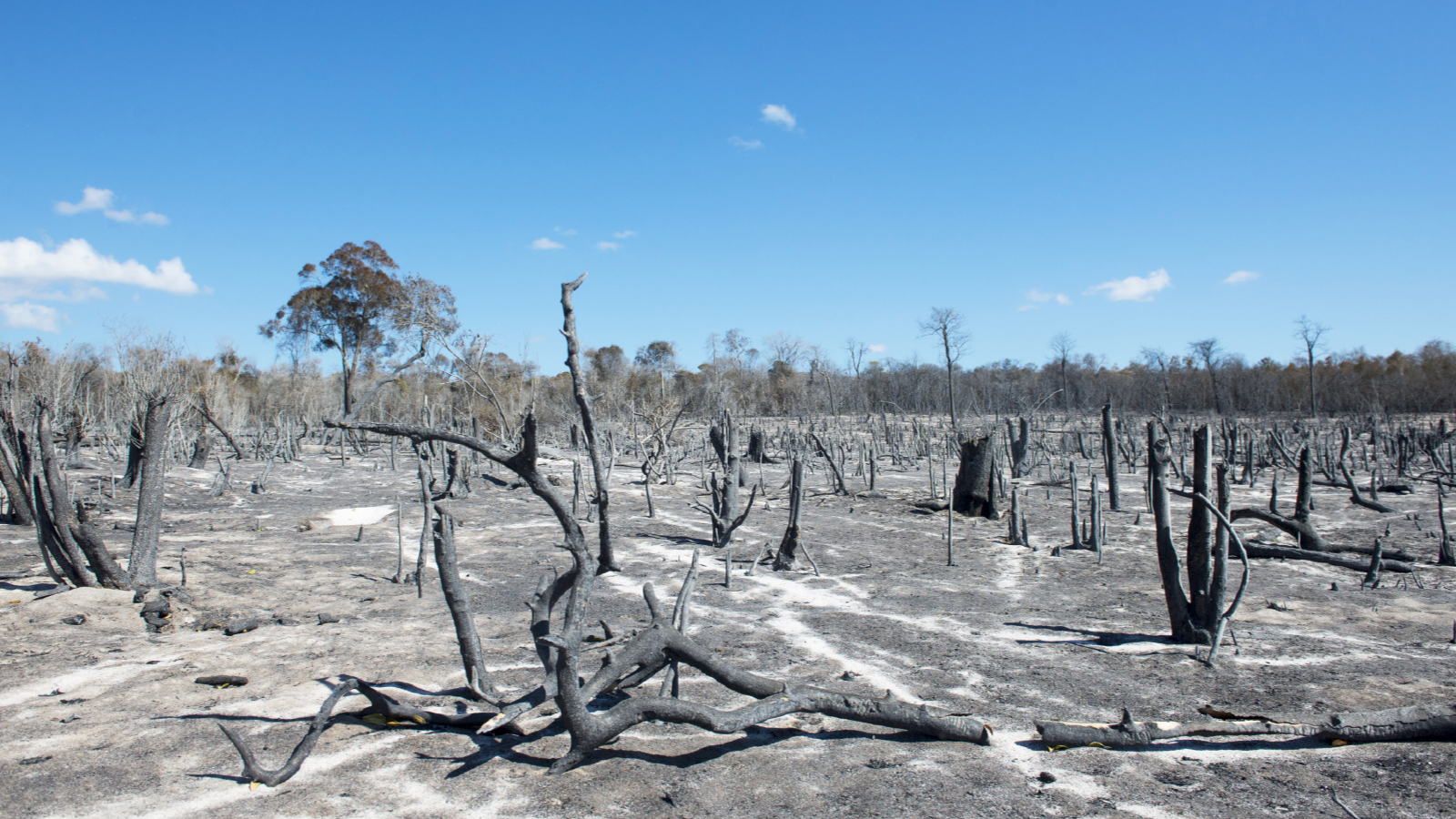The Current Science Classroom
Deforestation
The Science Teacher—October 2019 (Volume 87, Issue 3)
By Chris Anderson
Focus on Physics
The Photoelectric Effect
The Science Teacher—October 2019 (Volume 87, Issue 3)
By Paul G. Hewitt
Feature
Patterns, Puzzles, and the Periodic Table
Feature
The Trouble with Tavy
Students develop a plan to combat deforestation in Madagascar
Bringing Clarity to Science Instruction
The Science Teacher—October 2019 (Volume 87, Issue 3)
By John Almarode, Douglas Fischer, and Nancy Frey

Scope on the Skies
Warming waters
By Bob Riddle
Astronomy throughout the year
Astronomy throughout the year
Astronomy throughout the year
Integrating Tech
Mapping the impact of the schoolyard on watershed health
Mapping the impact of the schoolyard on watershed health
By Emily J. Rees
Hardware, software, and websites for use in the classroom
Hardware, software, and websites for use in the classroom
Hardware, software, and websites for use in the classroom
Interdisciplinary Ideas
What biases are in my internet searches?
What biases are in my internet searches?
By Raja Ridgway
Bringing other subjects into the classroom
Bringing other subjects into the classroom
Bringing other subjects into the classroom
Disequilibrium
A balloon that does not burn
By Cole Entress
Using discrepant events to confront misconceptions
Using discrepant events to confront misconceptions
Using discrepant events to confront misconceptions
Classic Lessons 2.0
How our daily lives affect biodiversity
How our daily lives affect biodiversity
By Jodi Takei
Updating Perennial Classroom Favorites
Updating Perennial Classroom Favorites
Updating Perennial Classroom Favorites




